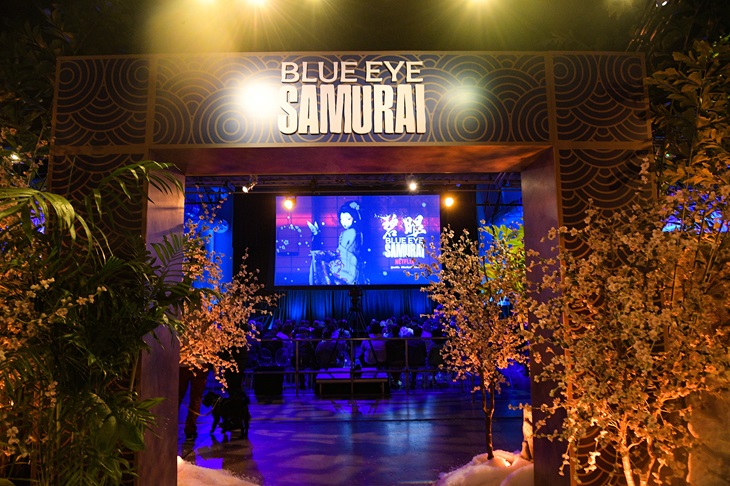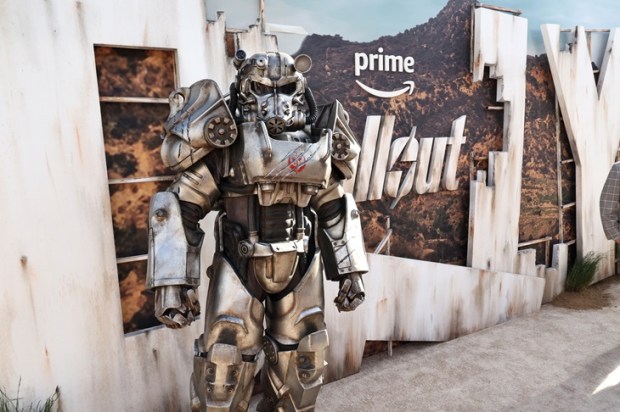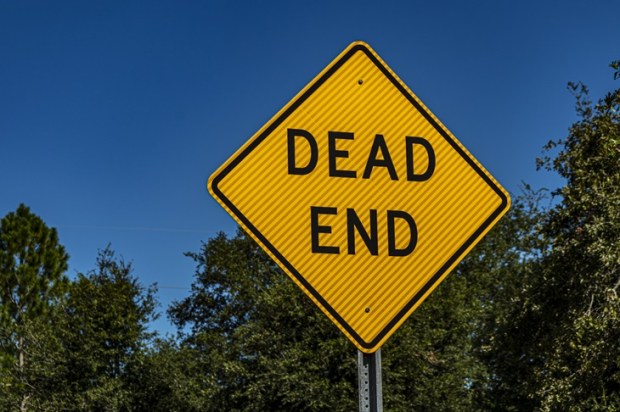‘Before you embark on a journey of revenge,’ Confucius said, ‘Dig two graves.’ Well, he didn’t live in the age of Netflix. In that case, dig 1,000.
Like most great things in life, I happened to stumble upon Blue Eye Samurai by accident. One night, I was bored and tired, and this show popped up in my recommended section of Netflix. Usually, I steer clear of platforms that make overt attempts at manipulating social media hype. However, something was different. There was a small ‘most liked’ icon next to it – a ratings system for viewers to indicate how much they liked it. Arcane was the last program I watched to feature it. I decided to roll the dice and hit play based on that.
And holy hell, was I glad I watched this. Blue Eye Samurai has to be one of the most engaging, suspenseful, sophisticated, moving, and masterfully written shows I have ever seen. Which, given that it’s an animated TV show set in feudal Japan, is a pretty bold statement.
As shown in Blue Eye Samurai, Japan was ruled by the inherited military power of the Edo shogunate in the 17th Century. The show’s style, which blends elements of fantasy and reality, is best characterised as magic realism. The creators, Blue Spirit Animation appear to have changed a portion of the history. In the Edo period (1603–1868), the Tokugawa Shogunate ruled over Japan. Here, Tokyo, the centre of their government, appears to be referred to as several distinct shogunates.
They do, however, get one thing right. By issuing the Sakoku in 1633, the Shogunate imposed a policy of cultural isolationism. Japan’s borders were shut. This stringent decree outlawed any foreign influence or trade. This is where our story begins.
Mizu is a young, vengeful samurai, a lone warrior who has no time for love or friends. During the Sakoku period, a white foreign trader sexually assaulted the woman who gave birth to her. She conceals her mixed-race identity out of fear of the humiliation it would cause and goes on a murderous rampage against one of the four potential white suspects.
While seeking justice, she encounters Taigen, an arrogant self-made samurai trying to regain his honour who shares a history with Mizu, and Ringo, an optimistic, double-amputee noodle maker determined to succeed despite his obvious disability. Their individual and mutual character arcs develop over the course of eight highly crafted episodes. Although Mizu is still the main focus of the plot, these other characters greatly aid in her development. When combined, they emphasise the show’s main themes: bravery, loyalty, and honour.
There’s a lot going on here, including Machiavellian political manoeuvring, surprising alliances, betrayals, retaliation, and reconciliation. It’s all here, supported by some of the most complex character development I have seen in a long time. Visually, Blue Eye Samurai is stunning. I could write a review twice as long, lauding the beautifully animated and choreographed fight scenes. It’s gory and incredibly extravagant, making me think of Kazuo Koike’s blood-soaked manga series Lone Wolf and Cub, which was later adapted into the fantastic 1980 film Shogun Assassin.
Mizu’s nemesis is a man named Abijah Fowler. An Irish trader, Fowler, intends to smuggle weapons into the country in order to overthrow the shogunate. Though tyrannical, his motivations are not without nuance. Fowler has a harrowing backstory of his own. This monster of a man gains a considerable amount of emotional depth from his horrific and graphic past. Disney, take note: this is how a complex character should be written!
Kenneth Branagh was a strange casting choice for Fowler. Brendan Gleeson could have sung that rough, Irish tone so beautifully, in my opinion. That being said, it’s a minor gripe for an otherwise excellent show.
My faith in storytelling has been restored.
Got something to add? Join the discussion and comment below.
Get 10 issues for just $10
Subscribe to The Spectator Australia today for the next 10 magazine issues, plus full online access, for just $10.


























Comments
Don't miss out
Join the conversation with other Spectator Australia readers. Subscribe to leave a comment.
SUBSCRIBEAlready a subscriber? Log in